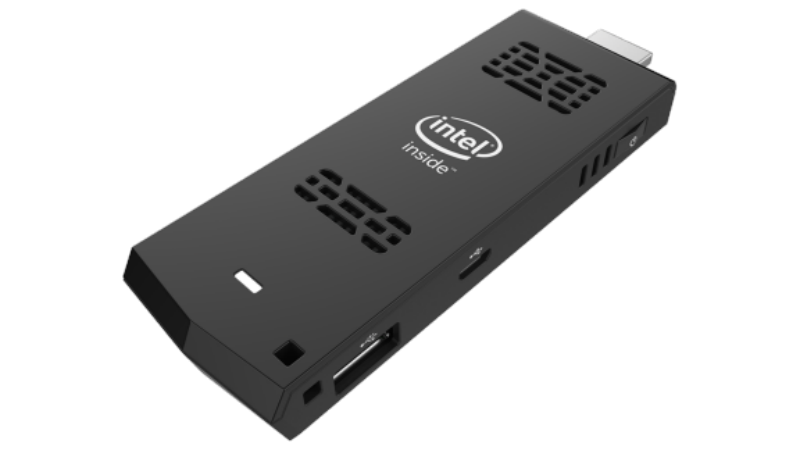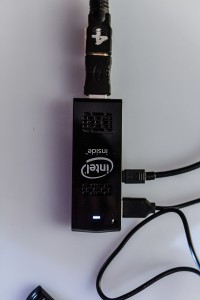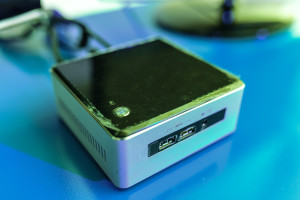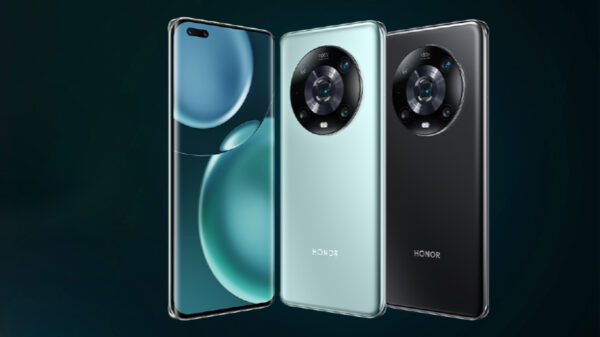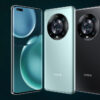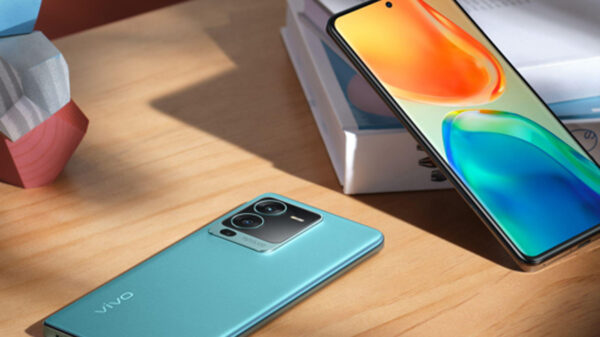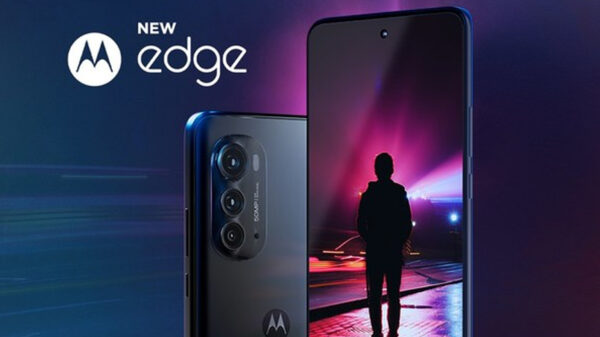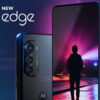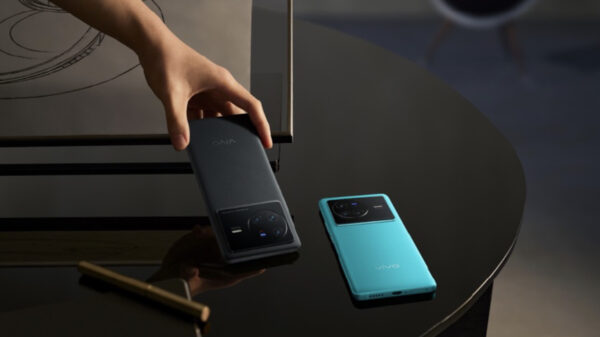Living up to its promise of delivering processor technology that can support multiple form factors, Intel Philippines recently introduced the Next Level of Computing (NUC) barebone PC and the Intel Compute Stick that are based on the company’s 5th Generation Core processors.
Intel’s 5th Generation Core processors feature up to 22 percent better graphics processing, 50 percent faster video conversion, and up to 1.5 hours more battery life than equivalent 4th Generation Intel Core processors.
“The latest generation of Intel Core processors embodies Intel’s dedication to the mobile sector by powering devices that enable the active mobile lifestyle of today’s Filipinos,” said Calum Chisholm, Intel Philippines Country Manager.
The Intel Compute Stick is essentially a mini PC that is only slightly larger than a USB thumb drive and plugs straight into a computer screen or an HDTV through the High-Definition Multimedia Interface (HDMI) port. The stick essentially makes any HDTV smart.
The Compute Stick is powered by a 1.86Mhz quad-core Atom Z3735F Bay Trail processor and is available in two versions: Windows 8.1 and Ubuntu Linux.
Chisholm says the Windows version is coming with 2GB or RAM and 2GB of onboard storage and has a suggested retail price of US$149.
The Ubuntu version only offers 1GB of RAM and a 8GB of storage but cheaper at US$99.
A MicroSD card slot allows the storage to be boosted if necessary, says Chisholm.
The whole unit is powered through a micro-USB port on the same side that contains the power switch and a full-sized USB port. Wi-Fi up to 802.11n with Bluetooth are also built in.
The Intel Compute Stick is targeted at those who just need a basic PC. It is being positioned as a productivity PC and is ideal for digital signages.
With the Compute Stick you can browse with a real browser, run productivity suites, install plugins, and stream 1080p video from any source.
Barebone NUC PC
Meanwhile, the Intel NUC is an energy-efficient, fully functioning cutomizable PC that fits in the palm of your hand. The Intel NUC kit includes a highly customizable four-by-four-inch board that is ready to accept the memory, hard drive, and operating system you choose to install.
The four-by-four-inch Intel NUC board comes complete with a soldered-on processor. The board can be purchased independently of the kit.
“If you want a basic PC, get the Intel Compute Stick; but if you want more performance, the NUC is the right one for you,” said Chisholm.
The NUC is ideal for thin client computing, home entertainment, gaming, productivity, and digital signage.
Powering smartphones with SoFIA
Calum also talked about the new “SoFIA” Atom X3 systems-on-a-chip (SoCs). The SoC contains an integrated 3G radio along with an application processor.
While Qualcomm is still the leader in the smartphone space, the SoFIA chip could help Intel quickly catch up as the Atom X3 is the first to integrate a 3G radio and an embedded processor.
Intel’s own estimates say that the Atom X3 3G should be 1.5 times faster than the Qualcomm MSM8212 in terms of the MobileXPRT benchmark.
Chisholm says that its Atom X3 3G chips will ship into the “entry value” phone segment. Asus is among the several partners that are working on phones with the Atom X3.
RealSense 3D camera
Chisholm also introduced the RealSense 3D camera which brings the RealSense technology to smartphones. RealSense 3D, Chisholm says, brings 3D scanning and 3D printing to the masses.
“The latest offers under the Intel Core line-up allow us to address key areas of interest in the Philippines. The devices we have available here today range from products that provide high-end mobility with high-performance Intel Core m processors, to products designed specifically to bridge the narrowing digital divide, thereby promoting inclusiveness among communities which would benefit from Internet connectivity,” said Chisholm.

THE MEN OF INTEL PHILIPPINES: Fom left, Wowie Wong, Intel Philippines Market Development Manager; Calum Chisholm, Intel Philippines Country Manager; Jason Ty, Intel Philippines Channel Platform Manager; and Randy Kanapi Intel Philippines Marketing Manager. PHOTO CREDIT: EON




















































































